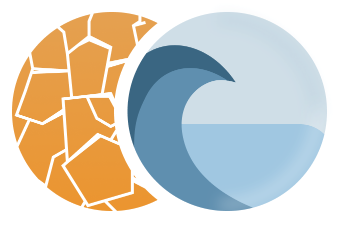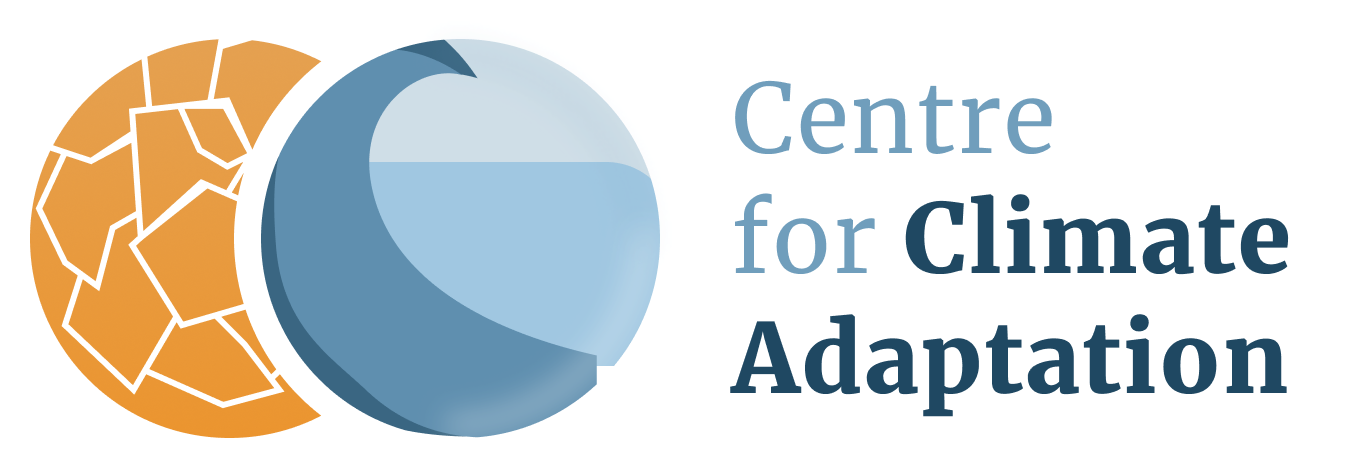Finland
Droughts
Vulnerabilities – Finland
Drought can cause a need for increased irrigation on the one hand and saving water on the other. It is important to develop irrigation systems that save water, for example drip irrigation. As a consequence of the development of water fittings, among other things, water use in Finnish households is fairly efficient today, so any major measures to improve the efficiency will hardly be needed. In an extreme situation of water shortage, it would be necessary to recycle water and use lower-standard water for washing, flushing toilets and as drinking water for cattle and domestic animals. However, problems would be local because on average in Finland only 2.2% of the total runoff of water is used each year (17).
Hydropower
Several Member States have reported reduction in hydroelectricity production due to drought events (Finland, France, Portugal, Spain). As hydroelectricity production is related to the amount of water stored in the upper reservoirs, the production level can be lower during a drought. Peak demands then need to be satisfied by other means available in a short term (gas turbine, etc). The amount of losses depends on hydroelectricity infrastructures and drought severity: 50 Mio € in Finland in 2002-2003, 210 Mio € in Spain in 1990-1995, 182 Mio € in Portugal in 2004-2006 (18).
The definition of drought
Drought is a natural phenomenon defined as sustained and extensive occurrence of below average water availability. Drought should not be confused with aridity, which is a long-term average feature of a dry climate. It is also distinct from water scarcity, which constitutes an imbalance between water availability and demand (1).
Three general types of drought may be recognized (7):
Read moreVulnerabilities in Europe
The European Commission has estimated that at least 11 % of Europe's population and 17 % of its territory have been affected by water scarcity to date and put the cost of droughts in Europe over the past thirty years at EUR 100 billion (1).The drought of 2003 caused a total economic cost of over €13 billion in around twenty European countries (2,7).
Vulnerabilities – European trends in the past
There is no clear evidence that a widespread change in droughts has occurred in Europe over the last century or over the last decades (6). There is no evidence that river flow droughts have become more severe or frequent over Europe in general in recent decades (3), nor is there conclusive proof of a general increase in summer dryness in Europe over the past 50 years due to reduced summer moisture availability (4). Strong increases in the area of combined severe dry and wet conditions in Europe over the last three decades have also been identified, though, and it has been suggested that without global warming droughts would have been smaller and less pervasive (13).
Read moreVulnerabilities – Future projections for Europe
River flow droughts are projected to increase in frequency and severity in southern and south‑eastern Europe, the United Kingdom, France, Benelux, and western parts of Germany over the coming decades. In snow-dominated regions, where droughts typically occur in winter, river flow droughts are projected to become less severe because a lower fraction of precipitation will fall as snow in warmer winters. In most of Europe, the projected decrease in summer precipitation, accompanied by rising temperatures which enhances evaporative demand, may lead to more frequent and intense summer droughts (9).
Read moreAdaptation strategies
Pan-European
Europe should view 2003 as a wake-up call. The 2003 drought should be the catalyst for actions aimed at reducing drought impacts across all relevant sectors (7). Drought is not mentioned in European energy policies. Similarly European transport navigation policy makes no reference to low flow conditions, whereas health policies make few provisions for reduced water supplies and deteriorating water quality. Drought is one criterion for exemption to the requirements of the Water Framework Directive – an increasingly likely situation. It makes no provision for managing biodiversity protection during severe droughts (7).
In contrast to internal policy, drought is addressed as a real issue in EU development policies. Drought is seen as a threat to sustainable development, a humanitarian issue and a driver of mass migration and political instability (7).
EU policy orientations for future action
According to the EU, policy orientations for the way forward are (19):
- Putting the right price tag on water;
- Allocating water and water-related funding more efficiently: Improving land-use planning, and Financing water efficiency;
- Improving drought risk management: Developing drought risk management plans, Developing an observatory and an early warning system on droughts, and Further optimising the use of the EU Solidarity Fund and European Mechanism for Civil Protection;
- Considering additional water supply infrastructures;
- Fostering water efficient technologies and practices;
- Fostering the emergence of a water-saving culture in Europe;
- Improve knowledge and data collection: A water scarcity and drought information system throughout Europe, and Research and technological development opportunities.
National
Adaptation activities currently seem to be focused on flood management and defence, while adaptation measures related to the management of water scarcity and drought, although recognized as equally damaging, do not yet seem to be widespread (2).
References
The references below are cited in full in a separate map 'References'. Please click here if you are looking for the full references for Finland.
- EC (2007a), in: EEA (2009)
- Anderson (ed.) (2007)
- Hisdal et al. (2001), in:EEA, JRC and WHO (2008)
- Van der Schrier et al.(2006), in:EEA, JRC and WHO (2008)
- Hanneford and Marsh (2006), in:EEA, JRC and WHO (2008)
- Van Lanen et al. (2007), in: EEA (2009)
- Eisenreich (2005)
- EEA, JRC and WHO (2008)
- Douville et al. (2002); Lehner et al. (2006); Feyen and Dankers (2008), in:EEA, JRC and WHO (2008)
- Alcamo et al. (2003); Schröter et al. (2005), in: EEA, JRC and WHO (2008)
- Demuth and Stahl, 2001, in: Blenkinsop and Fowler (2007)
- Lloyd-Hughes and Saunders (2002), in: Blenkinsop and Fowler (2007)
- Dai et al. (2004), in: Blenkinsop and Fowler (2007)
- Blenkinsop and Fowler (2007)
- Lehner et al. (2006), in: Blenkinsop and Fowler (2007)
- Lehner and Döll (2001), in: Blenkinsop and Fowler (2007)
- Marttila et al. (2005)
- European Commission (DG Environment) (2007)
- Commission of the European Communities (2007)




